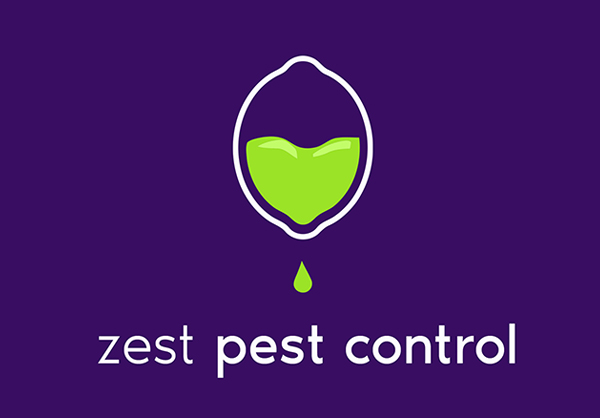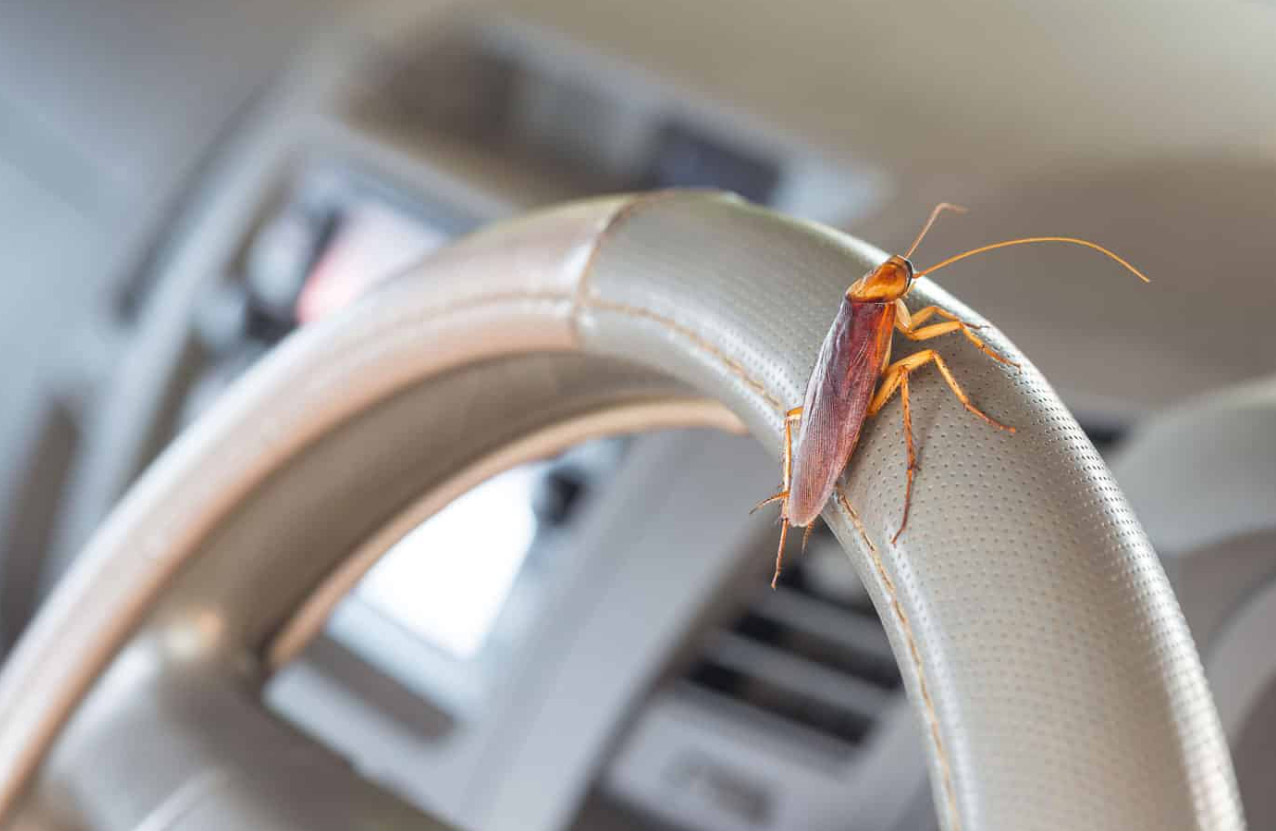Pests can wreak havoc when they infiltrate vehicles, causing damage to wiring, upholstery, and even compromising safety systems.
Their nests can create unpleasant odors and pose health risks. Preventing pests from infiltrating and nesting in vehicles is essential for maintaining their integrity and ensuring a safe and comfortable driving experience
Here are some effective strategies to keep pests at bay.
Regular Cleaning and Maintenance
Keeping your vehicle clean is the first line of defense against pests. Regularly vacuuming the interior and wiping down surfaces will remove food crumbs and spills that might attract pests. Pay close attention to areas where food particles can accumulate, such as under seats and in storage compartments. Additionally, schedule routine maintenance checks to identify and repair any potential entry points for pests, such as damaged seals or vents.
Store Food Properly
Avoid leaving food or food wrappers in your vehicle, as these can attract pests like ants, rodents, and insects. If you must transport food, ensure it is stored securely in airtight containers or coolers. After picnics or road trips, thoroughly clean out any remaining food items to prevent pest infestations.
Seal Entry Points
Inspect your vehicle for any gaps, cracks, or openings that pests could use to gain access. Pay attention to areas around doors, windows, and the trunk. Seal any openings with weather stripping or silicone caulk to prevent pests from entering. Additionally, consider installing mesh screens over vents and openings to deter insects and rodents.
Use Pest Deterrents
There are various commercial products available designed to repel pests from vehicles. These include ultrasonic pest repellents, which emit high-frequency sounds that are unpleasant to pests but harmless to humans. You can also use natural deterrents like peppermint oil or cedar chips, which have been shown to repel rodents and insects.
Park Strategically
Where you park your vehicle can also affect its susceptibility to pest infestations. Whenever possible, park in well-lit areas with heavy foot traffic, as pests are less likely to inhabit these environments. Avoid parking near dumpsters or overgrown vegetation, as these areas are attractive to pests seeking shelter and food sources.
Regular Inspections
Conduct periodic inspections of your vehicle to check for signs of pest activity, such as droppings, gnaw marks, or nests. Address any issues promptly to prevent infestations from escalating. If you suspect a pest problem, consider seeking professional assistance from a pest control expert who can assess the situation and recommend appropriate treatment options.
Use Protective Covers
When storing your vehicle for extended periods, such as during seasonal changes or vacations, consider using protective covers to shield it from pests. Car covers not only provide physical protection but also act as a deterrent by making it more difficult for pests to access the interior of the vehicle.
In conclusion, preventing pests from damaging and nesting in vehicles requires a proactive approach that involves cleanliness, maintenance, and strategic deterrents. By implementing these strategies, you can protect your vehicle from costly damage and ensure a pest-free driving experience.
Remember that early intervention is key to preventing minor pest issues from escalating into full-blown infestations.

